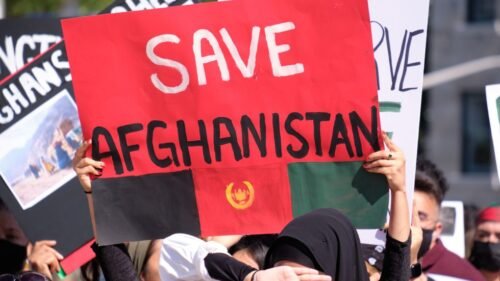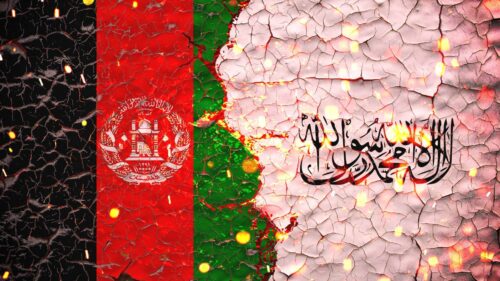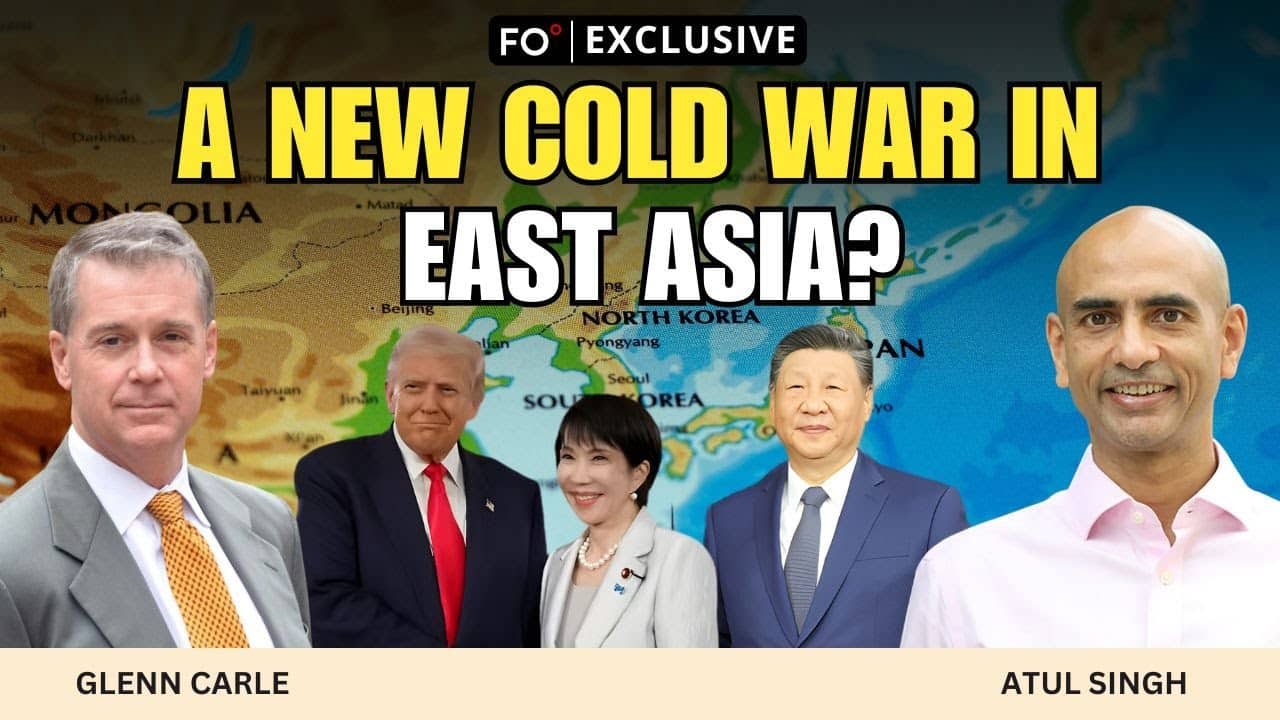[Though this video is not recent, the authors’ discussion remains relevant today.]
Editor-in-Chief Atul Singh and Professor Thomas Barfield discuss whether Taliban-ruled Afghanistan is becoming a “normal state.” While foreign powers engage with the new rulers, Barfield sees little sign of Afghanistan normalizing. Other states do not recognize the Taliban regime, internal fractures are growing, and the growing economic, political and social pressures could destabilize not only Afghanistan, but the wider region.
India, Pakistan and the shifting regional equation
Singh begins by raising India’s recent outreach to the Taliban, a surprising development given India’s bitter memory of the 1999 Kandahar hijacking of Indian Airlines Flight 814. Barfield explains that New Delhi’s calculus is driven less by affection for the Taliban and more by hostility toward Pakistan. Pakistan’s capital of Islamabad, once the Taliban’s key backer, now finds itself bitten by its own creation. India has also invested heavily in Afghan infrastructure and hopes to access Central Asia through Iran’s Chabahar port. Still, Barfield stresses that trust is absent on all sides, calling it a classic “enemy of my enemy is my friend” dynamic.
Recognition without recognition
Barfield points out that no country has formally recognized the Taliban, not even Pakistan. Islamabad withheld recognition after its demands — the acceptance of the Durand Line (the Afghanistan–Pakistan border), suppression of the Tehrik-i-Taliban Pakistan nationalist movement and a halt to cross-border support — saw rejection. The Taliban’s dismissive response, he says, should not have been a surprise. Even during the 1990s, recognition was limited and short-lived.
Today, no government wants to be the first. Yet Barfield notes that pragmatic dealings continue: Qatar and China pursue business, the World Bank runs projects and Uzbekistan sells electricity despite having unpaid bills. Such transactions, he suggests, may buy goodwill and restrain jihadist groups from using Afghan territory.
The economic straitjacket
Despite these engagements, the Taliban remain cut off financially. Their national bank assets are frozen in Switzerland, and lack of recognition blocks access to UN aid and trade agreements. Afghanistan’s economy, Barfield says, is “in a very, very bad way.” Misery may suppress revolt for now, but once suffering normalizes, people begin to ask why they endure it.
This is a dangerous moment for the regime. Barfield warns that revolutions often come suddenly, and the Taliban has reason to fear the speed at which public sentiment could shift.
Four alarming trends
Drawing on a paper he co-authored, Barfield identifies four troubling developments under Taliban rule:
- Their domestic policies endanger Afghan citizens’ security and prosperity.
- Their foreign relations destabilize the neighborhood, especially Pakistan.
- Afghanistan once again risks becoming a base for global terrorism.
- The Taliban relies increasingly on narcotics, particularly heroin and methamphetamine, even while suppressing opium cultivation.
These developments, Barfield argues, underscore that Afghanistan remains more a source of regional risk than a stable state. Iran faces a refugee influx, Pakistan suffers Taliban-backed militancy, and China fears instability spilling into the autonomous region of Xinjiang. The Taliban may not themselves threaten the world, but Afghanistan still shelters groups with global ambitions, including the Islamic State.
Fragile state, fractured society
Turning inward, Singh asks about Taliban governance. Barfield stresses that Afghanistan has never had a dominant military institution like Pakistan. The Taliban’s army functions more as a “super militia,” vulnerable to collapse if legitimacy erodes.
Internally, cracks are widening: Radical restrictions on women alienate even conservative societies, ethnic favoritism toward Pashtuns fuels resentment and Afghanistan’s youthful population faces blocked opportunities. Kabul, a “primate city” with four million people and only 20,000 Taliban, could be the epicenter of an uprising. Ethnic divisions remain premodern, with each group seeking dominance, yet Barfield does not foresee ethnic cleansing or secession. Instead, the central danger is perception: In Afghanistan, no one backs a loser.
Vulnerabilities and the future
Barfield challenges the cliché of Afghanistan as a “graveyard of empires,” calling it instead a “graveyard of analysts looking backwards.” Poorly managed, the United States’ withdrawal erased the fragile republic, leaving the Taliban reliant on external resources yet denied them. He highlights historical lessons from King Mohammad Zāhir Shāh, the last king of Afghanistan, whose compromises sustained stability, in contrast to today’s zero-sum politics.
Looking forward, Barfield sees hazards everywhere: economic collapse, potential Taliban splits, Pakistan’s instability and speculation about a “Khorasan” identity as an alternative to ethnic nationalism. He even warns that the second administration of US President Donald Trump could worsen matters, as Trump’s disdain for foreign spending might cut off vital funds and “hasten [Afghanistan’s] downfall.”
Ultimately, Barfield concludes, Afghanistan will likely hold together, not out of unity but because no ethnic group has a viable nationalist ideology. “Afghanistan is a land of arranged marriages,” he quips, “and nationalism is a romantic enterprise.”
[Lee Thompson-Kolar edited this piece.]
The views expressed in this article/video are the author’s own and do not necessarily reflect Fair Observer’s editorial policy.













































Comment